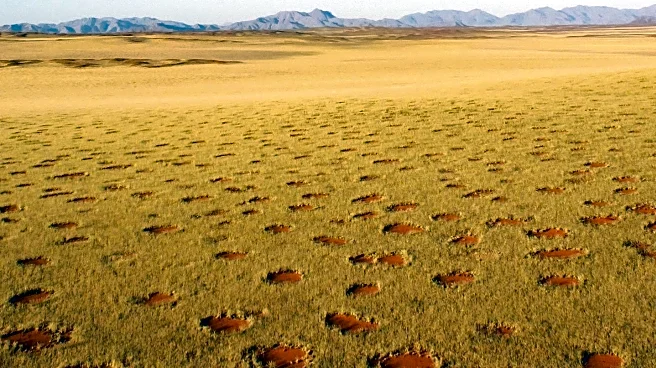What's Happening?
The Northern Cape Department of Agriculture has issued an urgent alert following a Rift Valley Fever outbreak among livestock in the Kakamas area. The disease, confirmed by the Onderstepoort Veterinary
Research Laboratory, poses risks to both animal and human health. Farmers are advised to vaccinate livestock and implement mosquito control measures, as the virus is transmitted by mosquitoes. The department emphasizes the importance of personal protective equipment and safe disposal of contaminated materials to prevent human infection.
Why It's Important?
The outbreak of Rift Valley Fever highlights the ongoing risks of zoonotic diseases in agricultural communities, particularly during periods of increased mosquito activity. It underscores the need for effective disease management and prevention strategies to protect both livestock and human health. The situation may impact agricultural productivity and necessitate additional resources for disease control. It also raises awareness of the interconnectedness of animal and human health, prompting discussions on integrated approaches to disease prevention.
What's Next?
The Department of Agriculture will continue monitoring the situation and provide support to farmers to contain the outbreak. Increased surveillance and reporting protocols may be implemented to track the spread of the disease. Public health campaigns could be launched to educate communities on preventive measures and the importance of vaccination. Research into mosquito control and disease transmission may be prioritized to develop effective strategies for future outbreaks.
Beyond the Headlines
The outbreak serves as a reminder of the broader implications of zoonotic diseases and the importance of One Health approaches that integrate human, animal, and environmental health. It highlights the need for collaboration between agricultural and health sectors to address complex health challenges. The situation may prompt discussions on sustainable agricultural practices and the role of climate change in disease dynamics.













